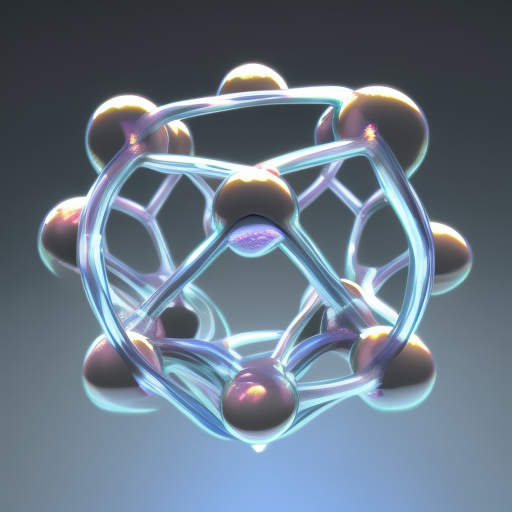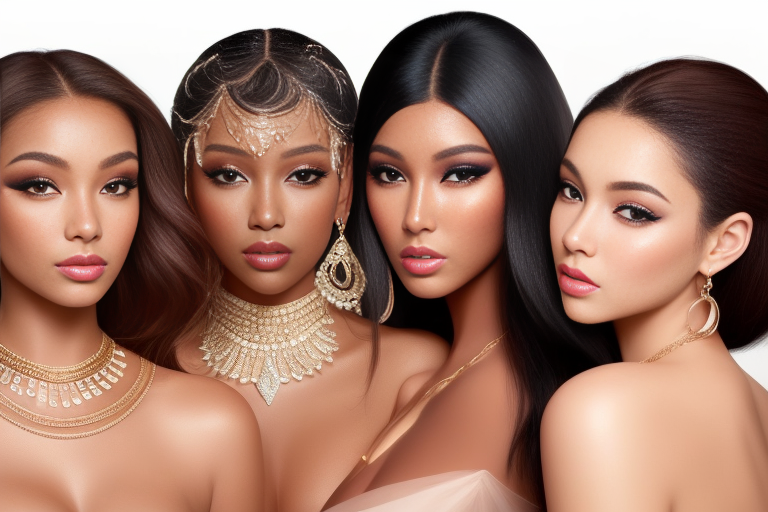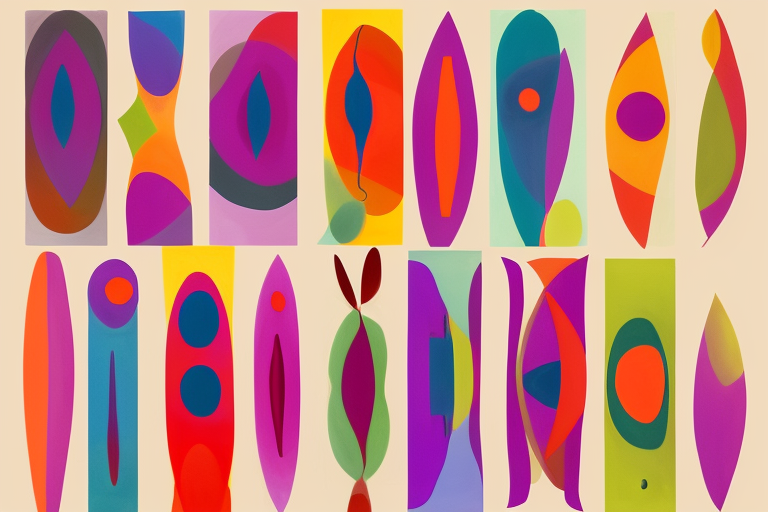Artificial Intelligence and Creative Design: How AI Images Are Changing the Game
The impact of Artificial Intelligence (AI) on creative design has been tremendous in recent years. One of the most exciting developments in this area is the use of AI-generated images, which have the potential to transform the way we think about design and creativity. In this article, we will explore how AI-generated images are changing the game in creative design and why they are a positive force for the industry.
First, it’s important to understand what we mean by AI-generated images. These are images that are created using algorithms and machine learning techniques. The algorithms are trained on large datasets of images and then generate new images based on patterns and features in those datasets. This means that AI-generated images can be used to create completely new designs that are unique and often unpredictable.
One of the main advantages of AI-generated images is that they can save designers a lot of time and effort. Traditionally, designers would have to create every element of a design by hand, which can be a time-consuming and laborious process. With AI-generated images, designers can quickly create new designs by simply inputting some basic parameters and letting the algorithm do the rest. This frees up designers to focus on the more creative aspects of the design process, such as concept development and experimentation.
Another advantage of AI-generated images is that they can be used to create designs that are more diverse and inclusive. Traditional design processes often rely on the personal experience and preferences of the designer, which can result in designs that are biased towards certain cultures, genders, or abilities. AI-generated images, on the other hand, can be trained on diverse datasets and generate designs that are more representative of a broader range of people and perspectives. This can help to make design more inclusive and equitable.

AI-generated images are also useful in areas where it’s difficult or impossible for humans to create designs. For example, in the field of molecular biology, scientists are using AI-generated images to model complex molecular structures that are too small to be seen with the naked eye. This allows scientists to better understand these structures and develop new treatments for diseases.

In the world of advertising and marketing, AI-generated images are becoming increasingly popular. Brands are using them to create more personalized and targeted advertising campaigns. For example, a clothing brand could use AI-generated images to create ads that show different outfits on models with different body types and skin tones. This can help to make advertising more inclusive and appeal to a wider range of customers.

One of the most exciting applications of AI-generated images is in the field of art and entertainment. AI-generated art has been gaining popularity in recent years, with many artists using algorithms to create new and innovative works. For example, artist Mario Klingemann has used AI to create a series of portraits that are both haunting and beautiful. These works demonstrate the potential for AI to create new forms of art that are entirely unique.
In conclusion, AI-generated images are changing the game in creative design in many positive ways. They save time and effort, promote diversity and inclusivity, and can be used in areas where humans can’t create designs. As AI technology continues to evolve, we can expect to see even more exciting applications of AI-generated images in the future.